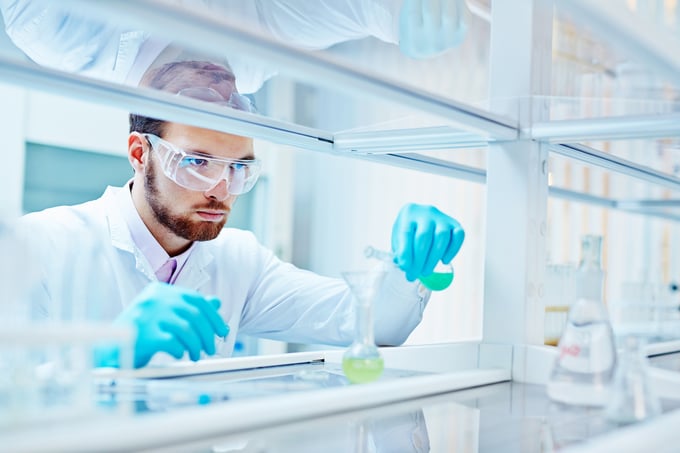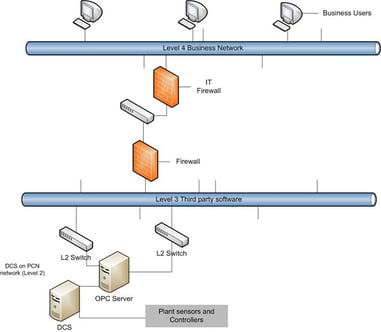Quality targets of product streams are extremely important to maintain and ensure on-spec delivery to final customers. Softsensors can be created, so a continuous measurement is available for important quality variables, especially when there are no on-line analyzers and the lab samples of the product stream are infrequent. Process data, such as temperatures and pressures, are used along with lab samples to develop softsensors. Can we develop softsensors from historical data, or should we collect dedicated data?
Learn what is good practice in this blog.
Why is softsensor data selection important?
Once a softsensor has been developed and deployed for particular product quality, it could be used in an Advanced Process Control (APC) application to maintain that product within a specified range. The softsensor value could also be displayed for process operators to view and control in the absence of an APC system. How well the product quality is predicted by the softsensor depends on the correlation that has been calculated, which in turn depends on the type of data selected for developing the correlation. Historical data may be extracted from a corporate database. However, there are several considerations, such as data compression and availability of laboratory sample data with correct timestamps. Historical data may contain periods when the plant is shut down or when it is operating in abnormal conditions. Data from these events should be sliced out during the inferential development phase. Historical data collected at normal operating points is usually sufficient because even if the plant load or conditions vary, feedback via the lab/analyzer updates shall maintain the inferential predictions on track.
How do you ensure softsensors are based on good data?
Typically, six months or more of data for several process variables such as temperature, pressure, and flow should be extracted. Laboratory data for the product quality should be extracted for the same start date, time and duration. It is also important to understand if there is any compression on the historical data. Trending the process data along with lab data will show if the process variables such as temperatures are moving as expected when product qualities change. Laboratory data should have a good level of variation else the correlation may be poor.
Both these aspects will give a good initial indication of whether the softsensor correlation using historical data will be any good. If the results of the correlation are unsatisfactory, then it may be necessary to either remove any compression from process data or collect dedicated, uncompressed data by doing a test and collecting corresponding samples from the product stream.
The test should be designed so there is sufficient excitation in the product qualities, and the samples are taken when the plant is steady. A good amount of excitation in product qualities will result in a good correlation and inferential. The test should be conducted over a 3 or 4 week period with at least 2 to 3 samples taken per day.
Process changes should be made that there is enough variation in the product quality, without it going off-spec. Process data for such a test could be collected at 1-minute frequency. Lab data should be recorded with an accurate timestamp of when the sample was taken. This type of dedicated test will typically result in a good softsensor.
The right choice of data results in good softsensors
If the correct approach is taken in choosing data and developing a softsensor, it will likely result in a good correlation with a high level of confidence in the deployed softsensor. Process operations could then control the quality at the optimal target, maximizing profitability.
Have a look at some case studies about developing softsensors




